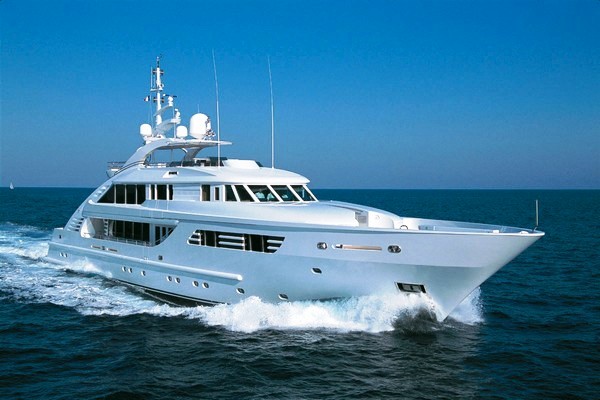By now you probably know that you can get satellite TV on your yacht if you want. Of course the challenge for most of us would be getting that yacht in the first place, but that’s another story. Let’s say for a moment that you’re doing ok in life, that you have a small cabin cruiser and you want to take it out to sea for a while. Sounds great, right?
If you’re thinking about a life at sea, you may be wondering if that satellite TV purchase is worth the money. After all, satellite TV for marine applications isn’t cheap, so one of the things you’re probably asking yourself is whether or not you’d actually be able to get coverage while out there.
The easy answer: yes
In many cases, the answer is yes. Satellite TV is designed for land-based reception, but the beams that come down from the satellite don’t just stop right at the shore. That would be pretty difficult and expensive to achieve. In fact you can get satellite TV in a lot of offshore locations that you wouldn’t expect. While I am pretty sure it’s not legal, I’m equally sure that folks in Havana can get Miami locals.
It really varies from point to point but it’s pretty safe to say that you can usually get satellite TV service 50-100 miles off shore. Sometimes you can get much further, as for example much of the Caribbean is covered by DIRECTV and DISH.
There are coverage maps that are available for different marine dishes and carriers. Your Signal Connect representative can help you with that when you call us at 888-233-7563.
How can you get better reception out there?
The answer to getting better reception on a boat is simple: get a bigger antenna. Intellian, the leading manufacturer of satellite antennas for marine, has a complete line of dishes in different sizes. Marine satellite dishes are measured by the size of the actual part that does the reception. The outer shell, called a radome, is generally a few inches larger to accommodate the movement of the antenna inside.
Intellian’s smallest antenna clocks in at a svelte 30cm, about a foot wide. For those who need to get service further and further away from shore, larger dishes are available. You’ll need a 60cm (2 feet, roughly) dish to get all channels at once from US carriers, but the sizes keep going up. The largest one is an astounding 2.4 meters in diameter. That’s over 7.5 feet to you and me. Of course, as the size of the antenna goes up, you’ll need a larger vessel to mount it to. As much fun as it would be to see someone try to rig a 100cm dish to a dinghy, I feel like the results would be fairly tragic.
Eventually, though, you’ll lose signal
If you truly do plan a trans-ocean trip, and I know most of us never will, there will come a point where you lose satellite TV service. It will probably happen about 100-150 miles off shore There just isn’t any service out there and there won’t be anything until you get to the other coast. At that point you’ll need different satellite equipment for the most part. Of course, that’s why Signal Connect can also offer satellite internet from companies like Viasat and Starlink.
For people with small cabin cruisers who just want to watch a little satellite TV, luckily though… you won’t have to worry about losing reception just because you lose sight of shore.
When you’re ready to talk about marine satellite products, call the experts! No one has done more marine satellite activations than Signal Connect. We know how to take care of our customers. Find out the Signal Connect difference… call 888-233-7563 during East Coast business hours. We’ll take it from there!




